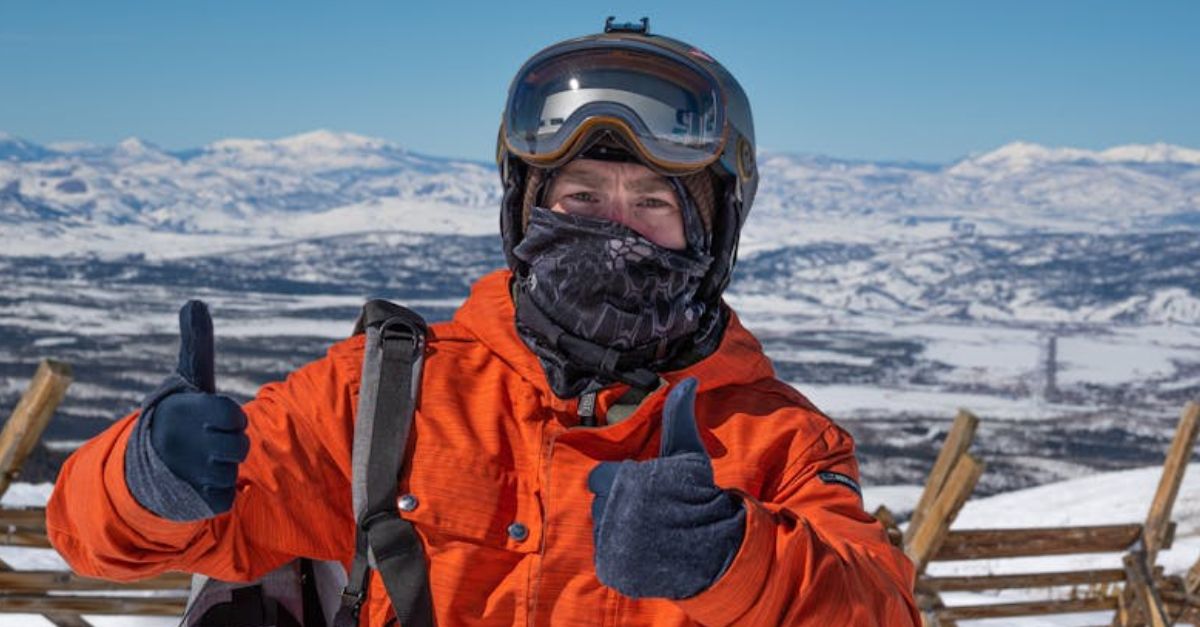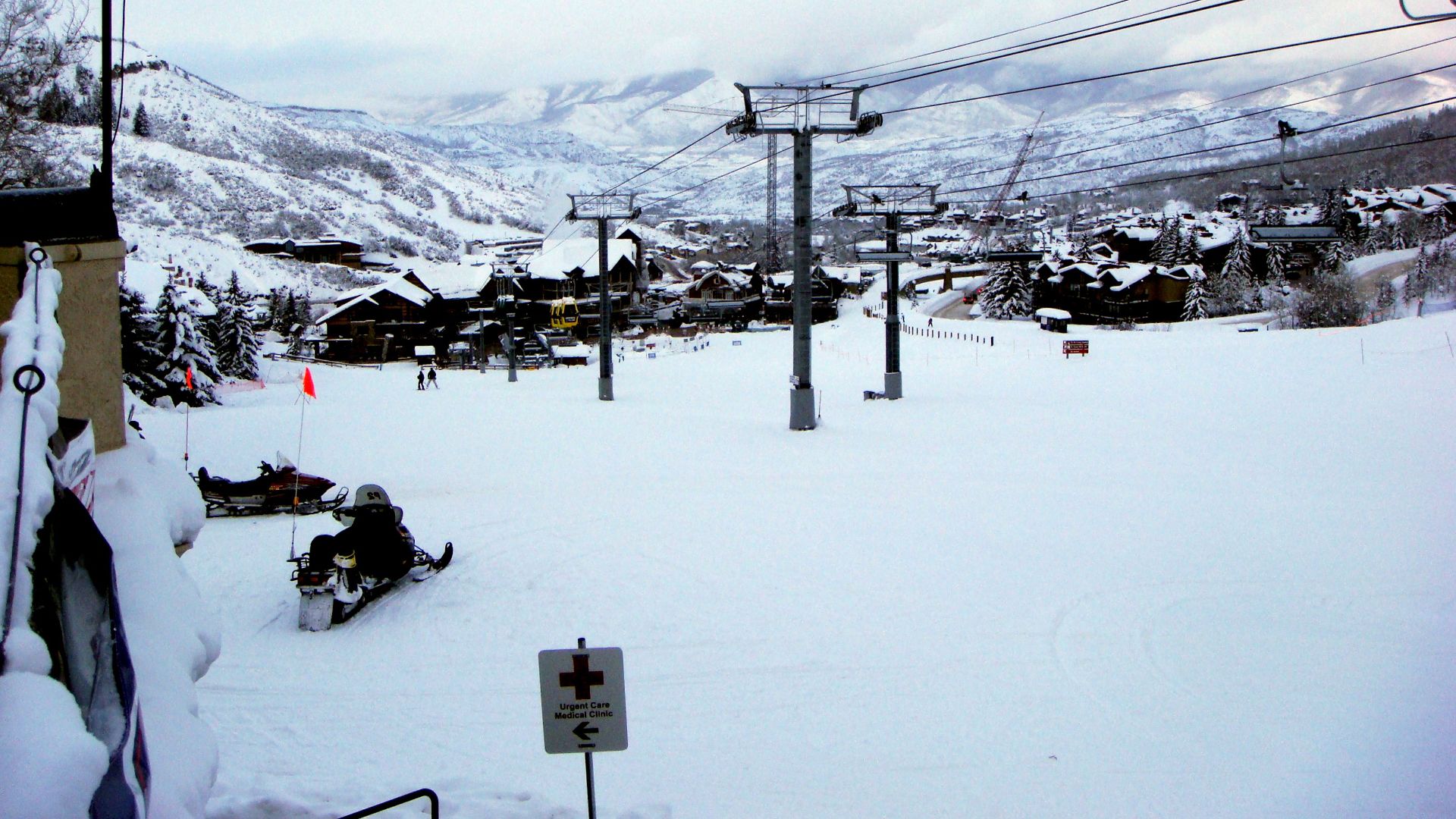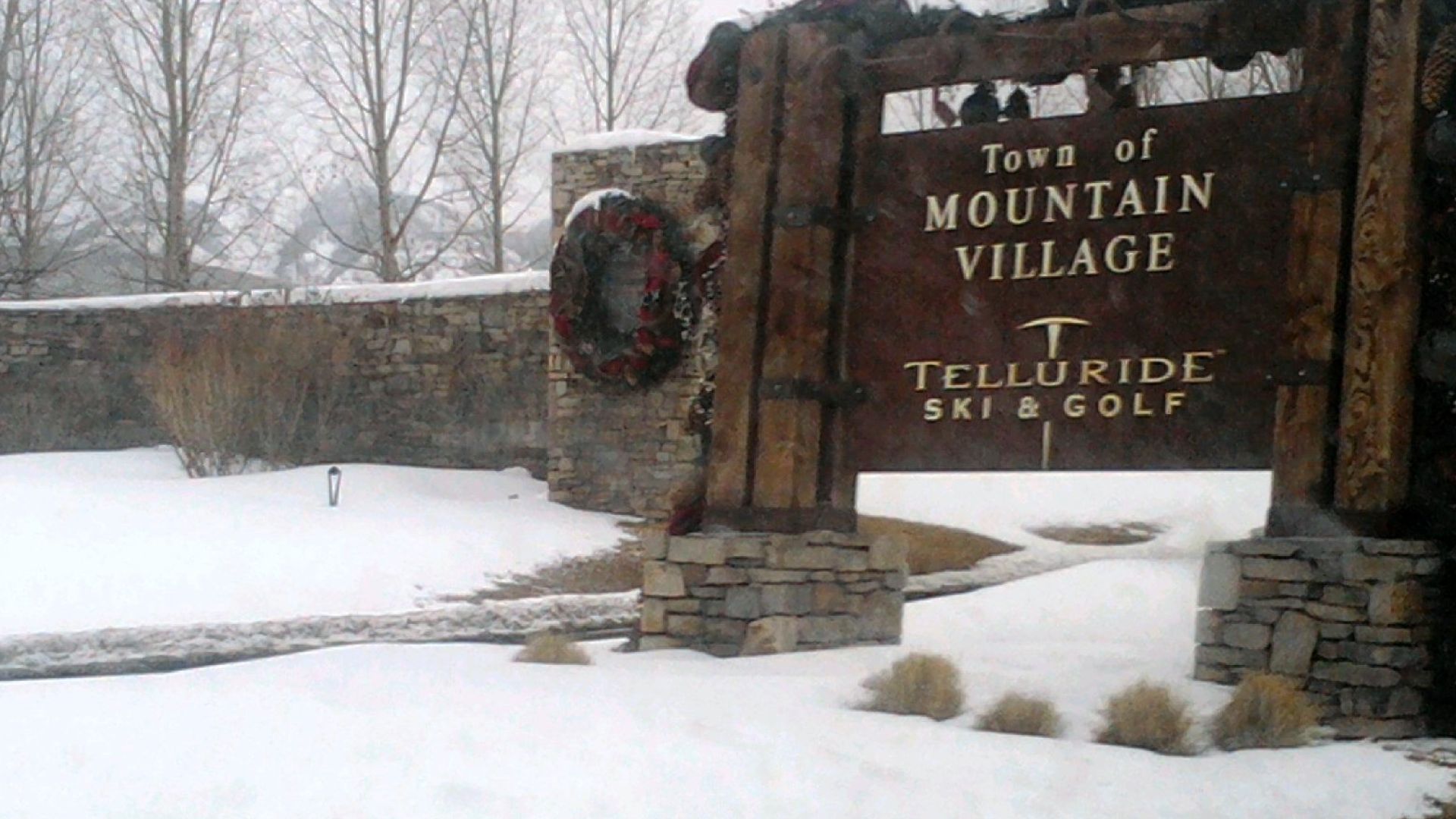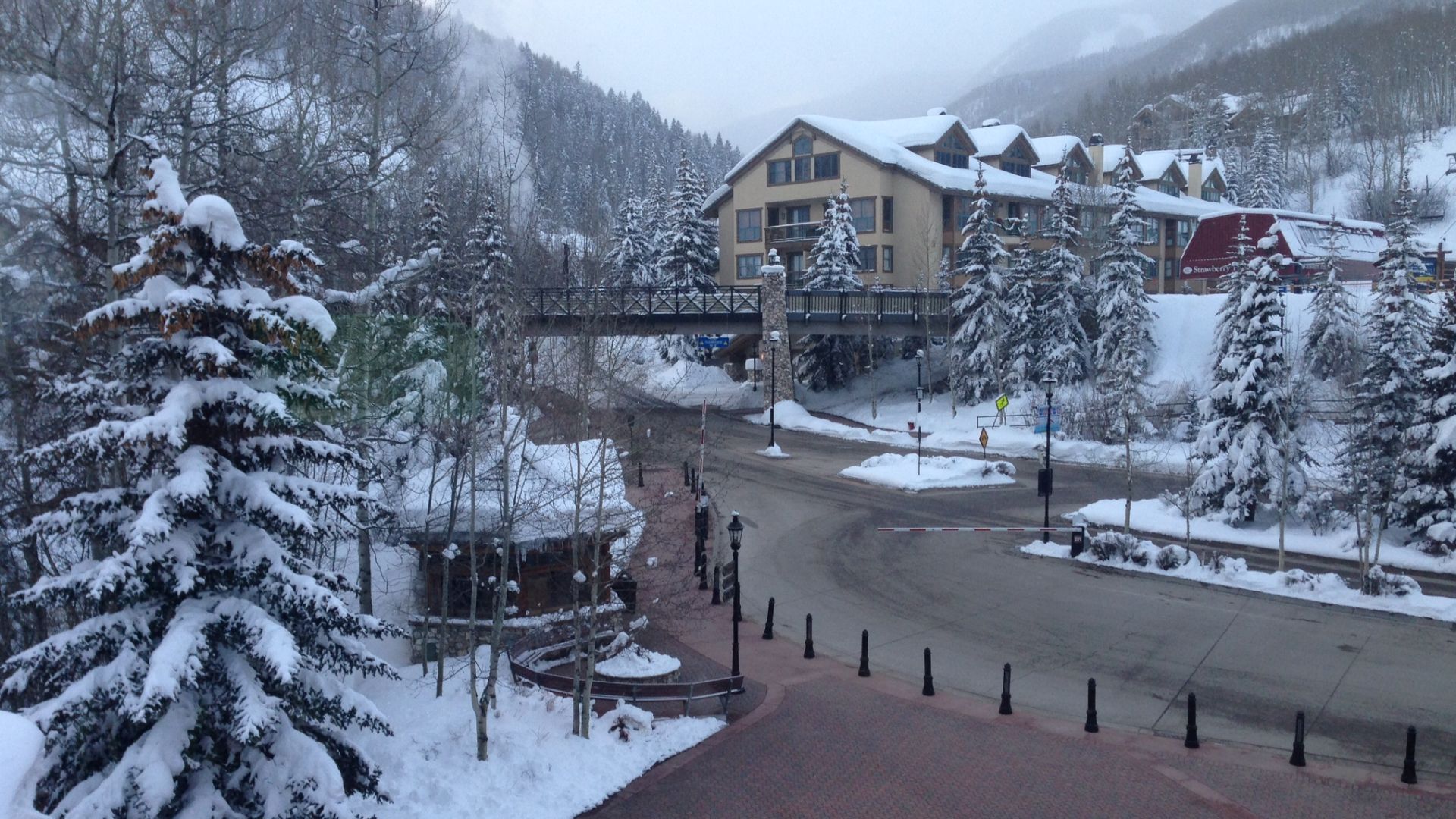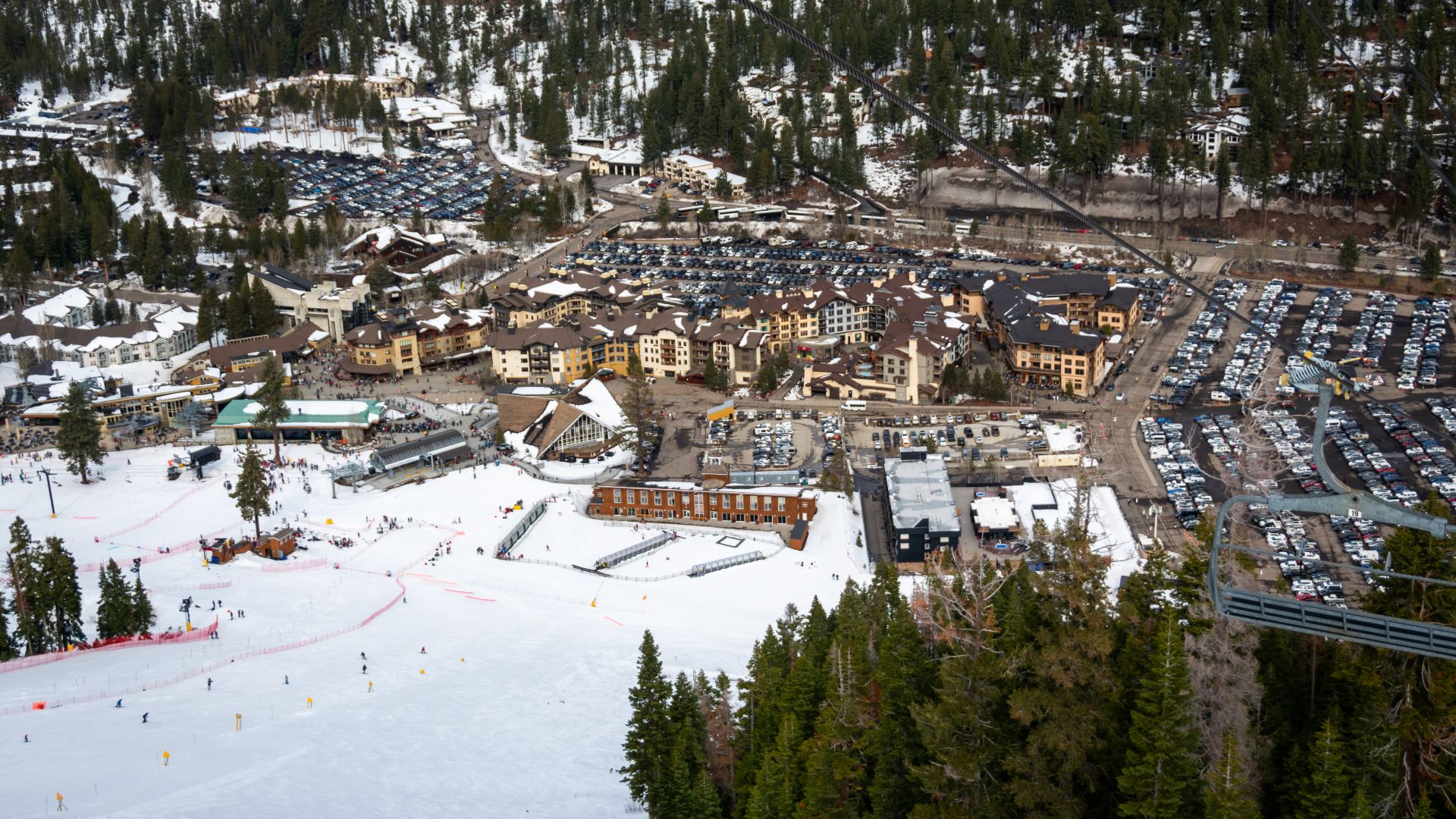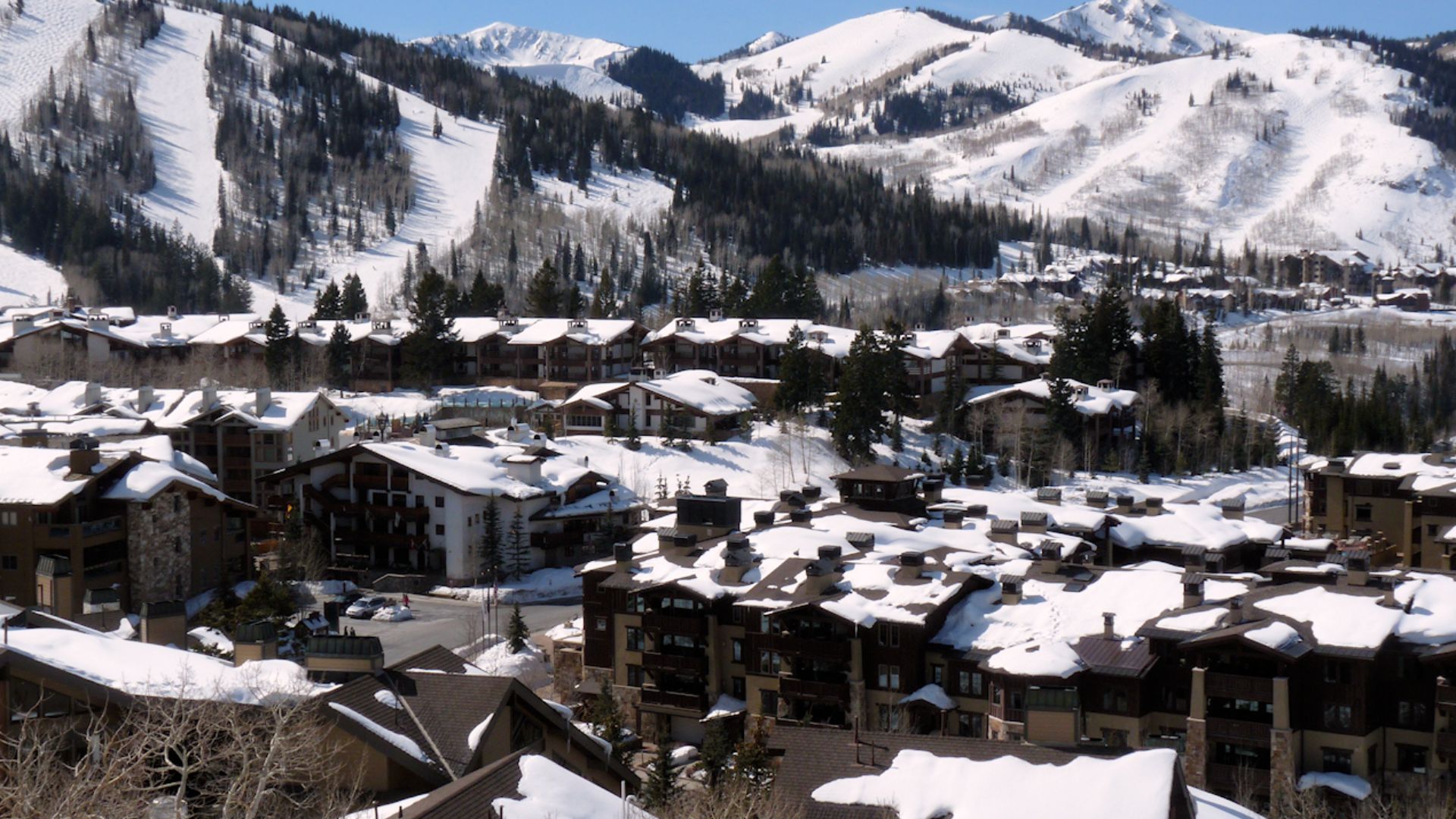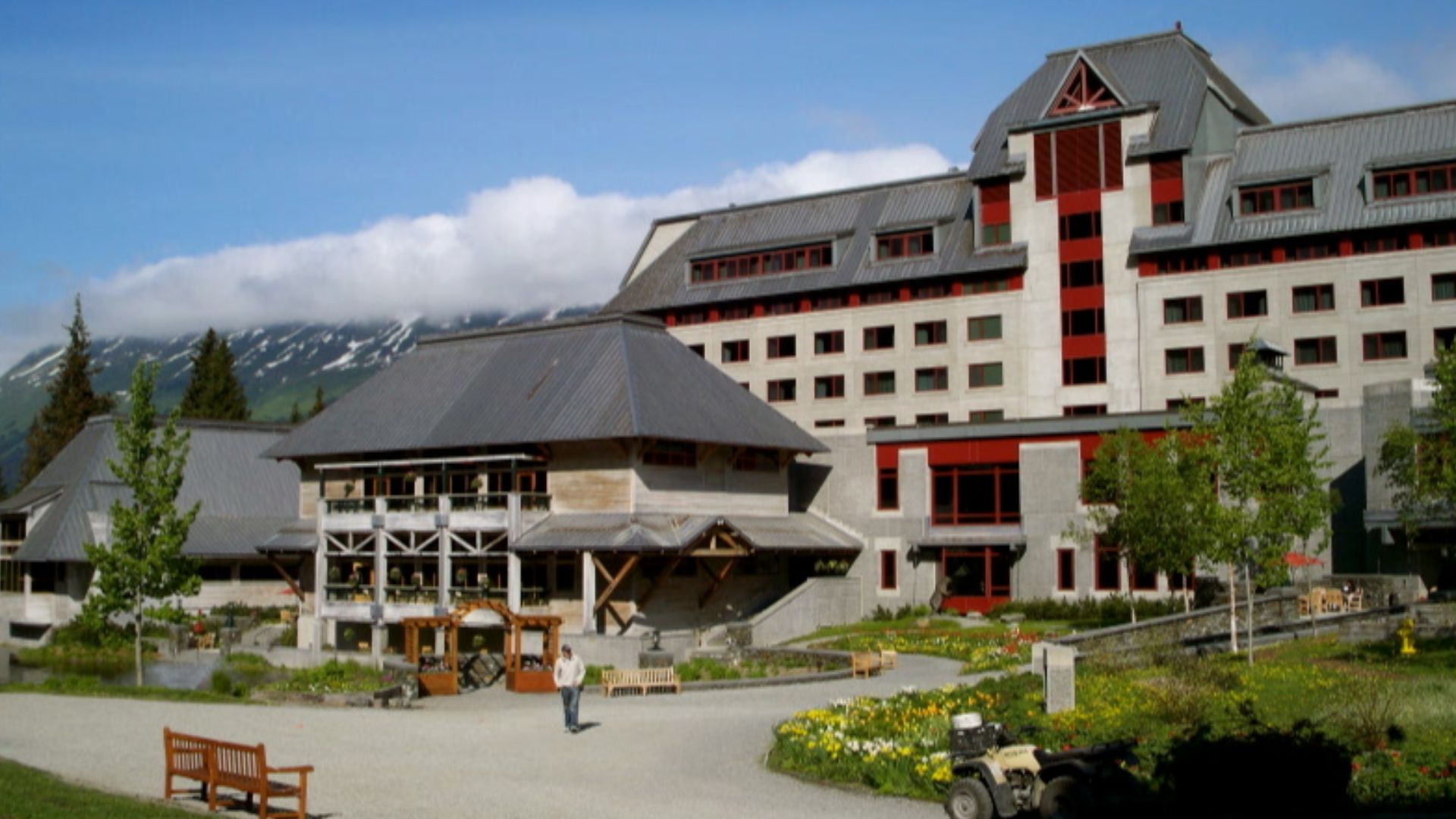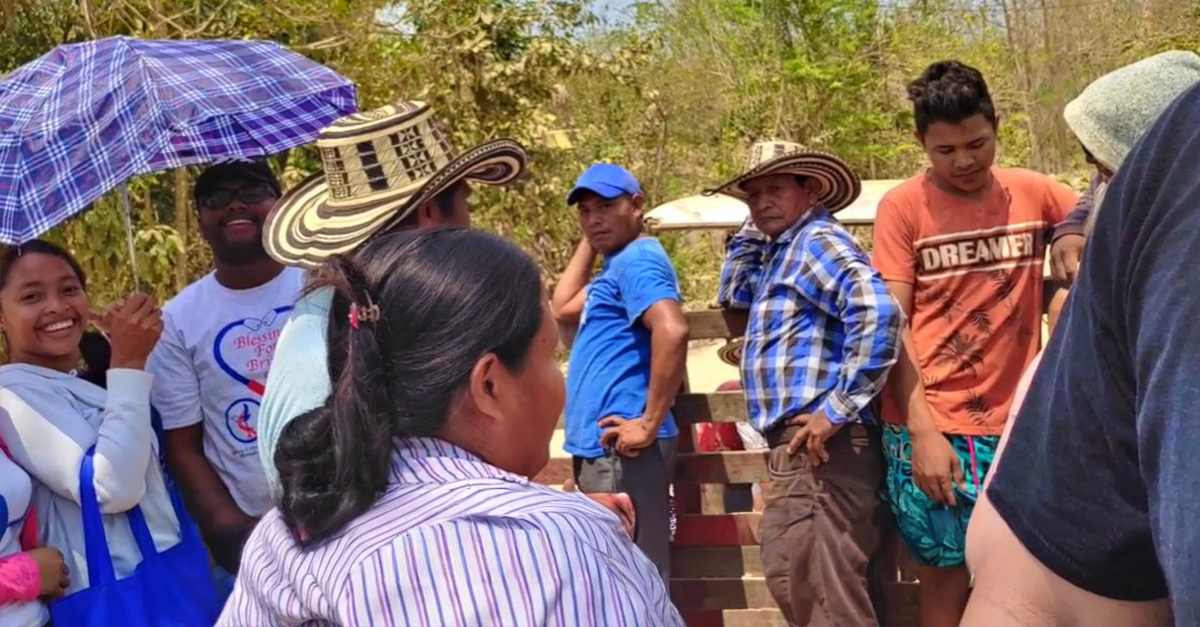Ski Escapes That Actually Deliver
Some runs keep replaying in your memory long after you’re back home. It's the quality of experience and the adrenaline that make these places a hot favorite for beginners and professionals alike.
Aspen Snowmass, Colorado
Carved into Colorado’s high country, Aspen Snowmass grew from its 1967 debut into a four-mountain giant with polished amenities and huge terrain variety. The Ute people lived on this land long before it became a resort. This gave Aspen Snowmass a layered history beneath its modern winter buzz.
Vail, Colorado
A pair of dreamers by the names Pete Seibert and Earl Eaton turned wartime inspiration into reality when they launched Vail in 1962. Their discovery became one of the world’s largest ski resorts with luxury touches, and a culture rooted in the 10th Mountain Division’s mountain warfare legacy.
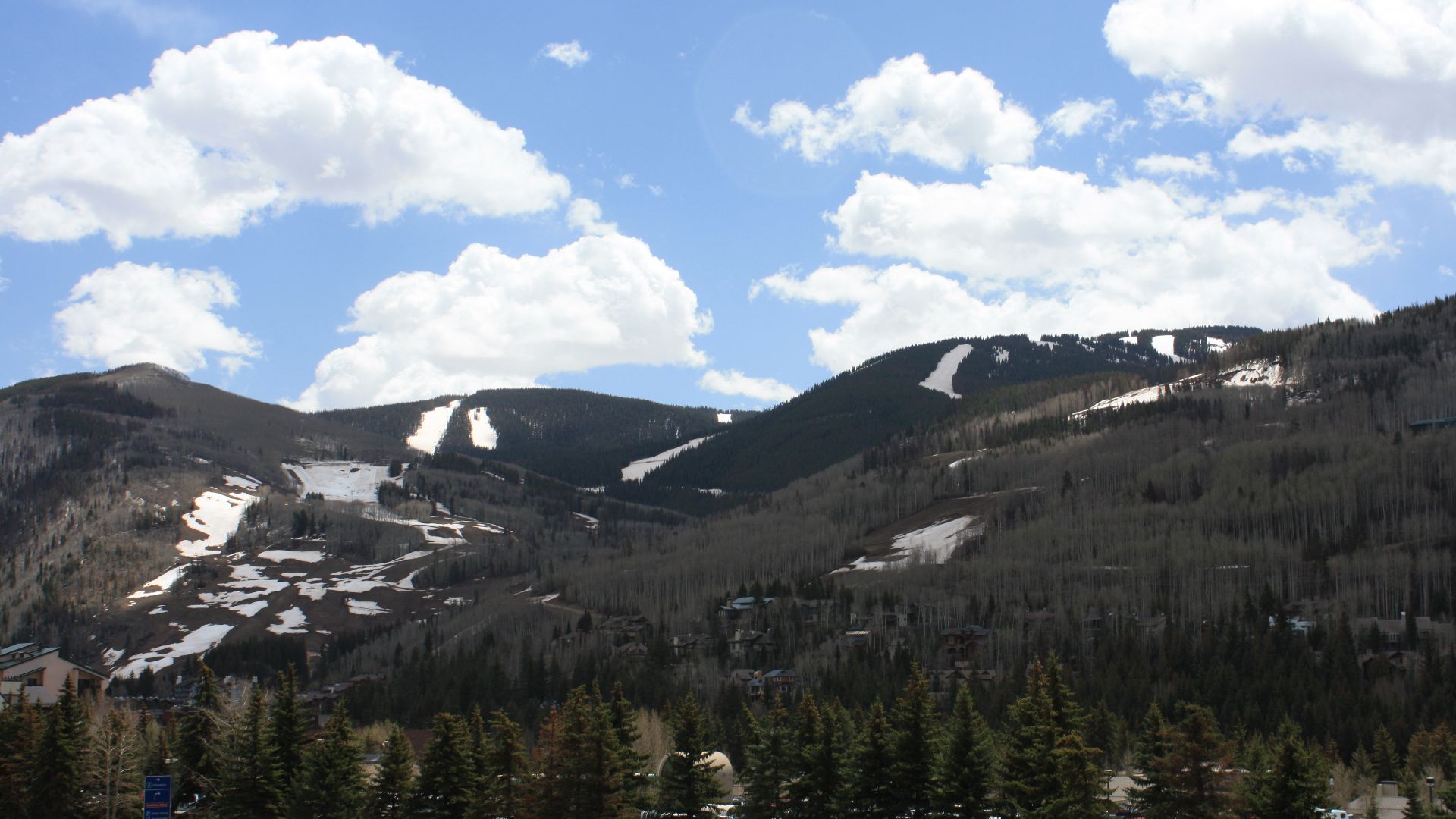 David Herrera from Albuquerque, NM, Bernalillo, Wikimedia Commons
David Herrera from Albuquerque, NM, Bernalillo, Wikimedia Commons
Jackson Hole, Wyoming
Skiers chasing steep terrain eventually find themselves at Jackson Hole, the 1965 creation known for its 4,100-foot vertical drop. “Big Red,” the iconic tram, moves a hundred riders at once and sets the tone for a mountain built for bold lines and serious athletes.
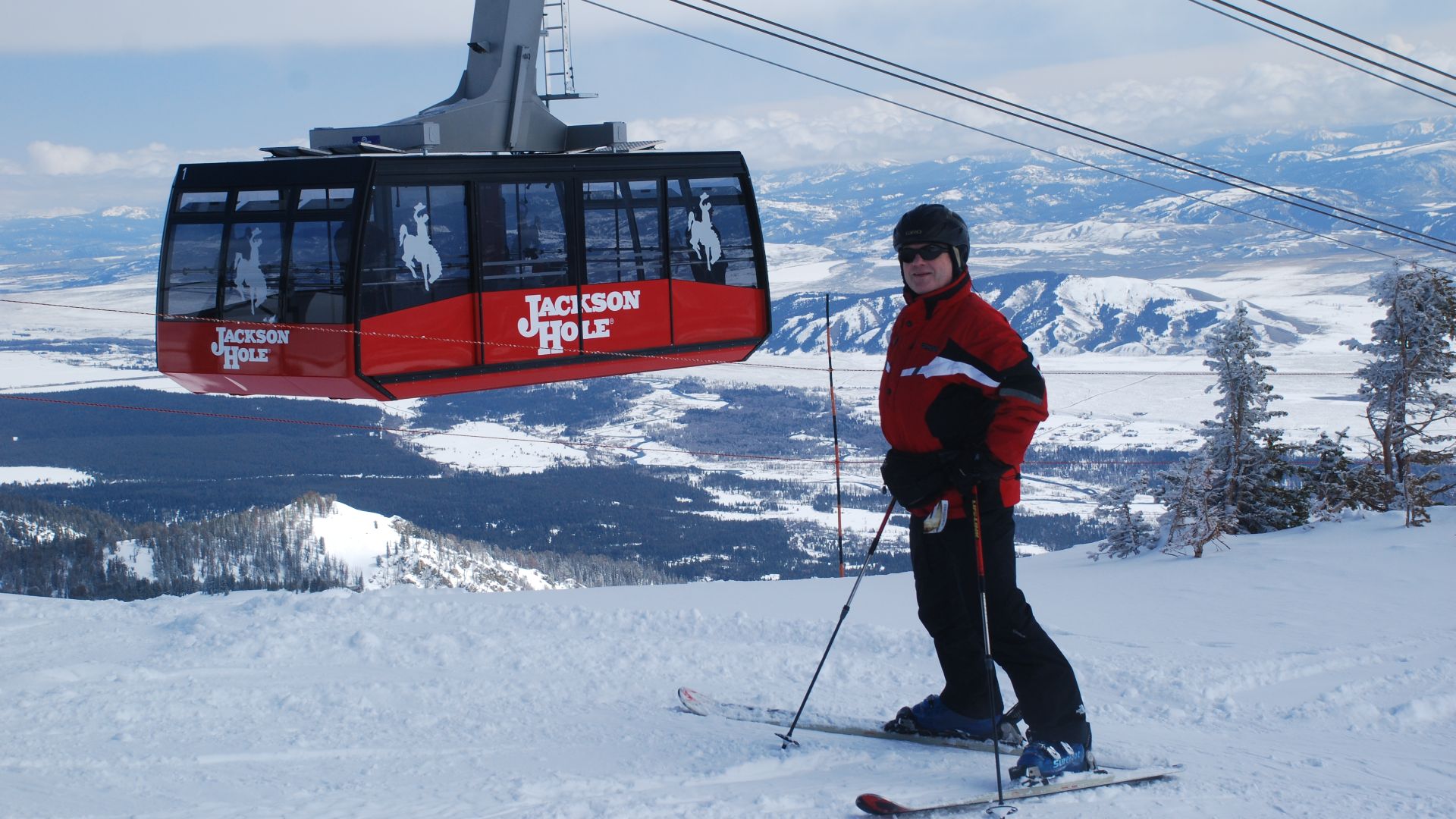 Enricokamasa, Wikimedia Commons
Enricokamasa, Wikimedia Commons
Telluride, Colorado
High in the San Juan Mountains, Telluride brings together a National Historic Landmark mining town with a 1972 ski resort renowned for stunning scenery. A free gondola links Telluride and Mountain Village to create a scenic commuter experience that pairs rugged history with exceptional terrain.
Park City Mountain, Utah
What began as Treasure Mountain in 1963 later became America’s largest ski resort. Park City Mountain still carries hints of its silver-mining past, even after hosting major events during the 2002 Winter Olympics. The massive acreage and lively town energy keep it thriving.
 InSapphoWeTrust from Los Angeles, California, USA, Wikimedia Commons
InSapphoWeTrust from Los Angeles, California, USA, Wikimedia Commons
Snowbird, Utah
Deep powder is practically guaranteed at Snowbird, the 1971 Little Cottonwood Canyon resort famous for steep terrain and a tram that climbs nearly 3,000 vertical feet. Expert skiers gravitate here for its reliability, wherein storm after storm turns the mountain into a playground for advanced riders.
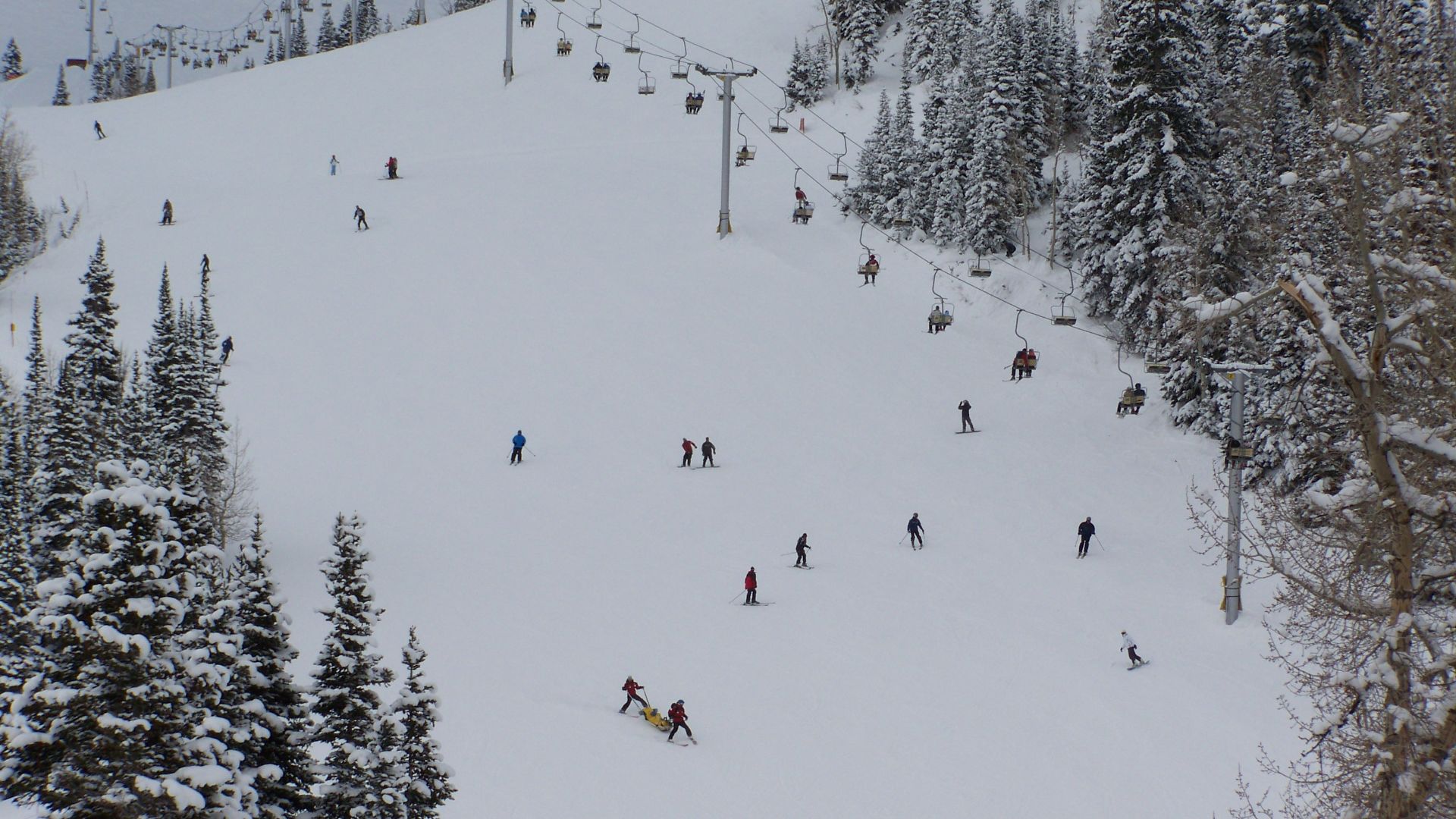 Kasiarunachalam (talk), Wikimedia Commons
Kasiarunachalam (talk), Wikimedia Commons
Alta, Utah
A skier-only tradition continues at Alta, which has operated since 1939 and is blessed with over 500 inches of snow each winter. Set at the top of Little Cottonwood Canyon, it draws purists who value natural snow and a fiercely loyal community.
Breckenridge, Colorado
The charm of Breckenridge comes from its mining-town past wrapped around one of Colorado’s busiest ski mountains. Since 1961, visitors have enjoyed lively apres spots and the Imperial Express SuperChair (North America’s highest lift), offering windswept alpine views that define the Breck experience.
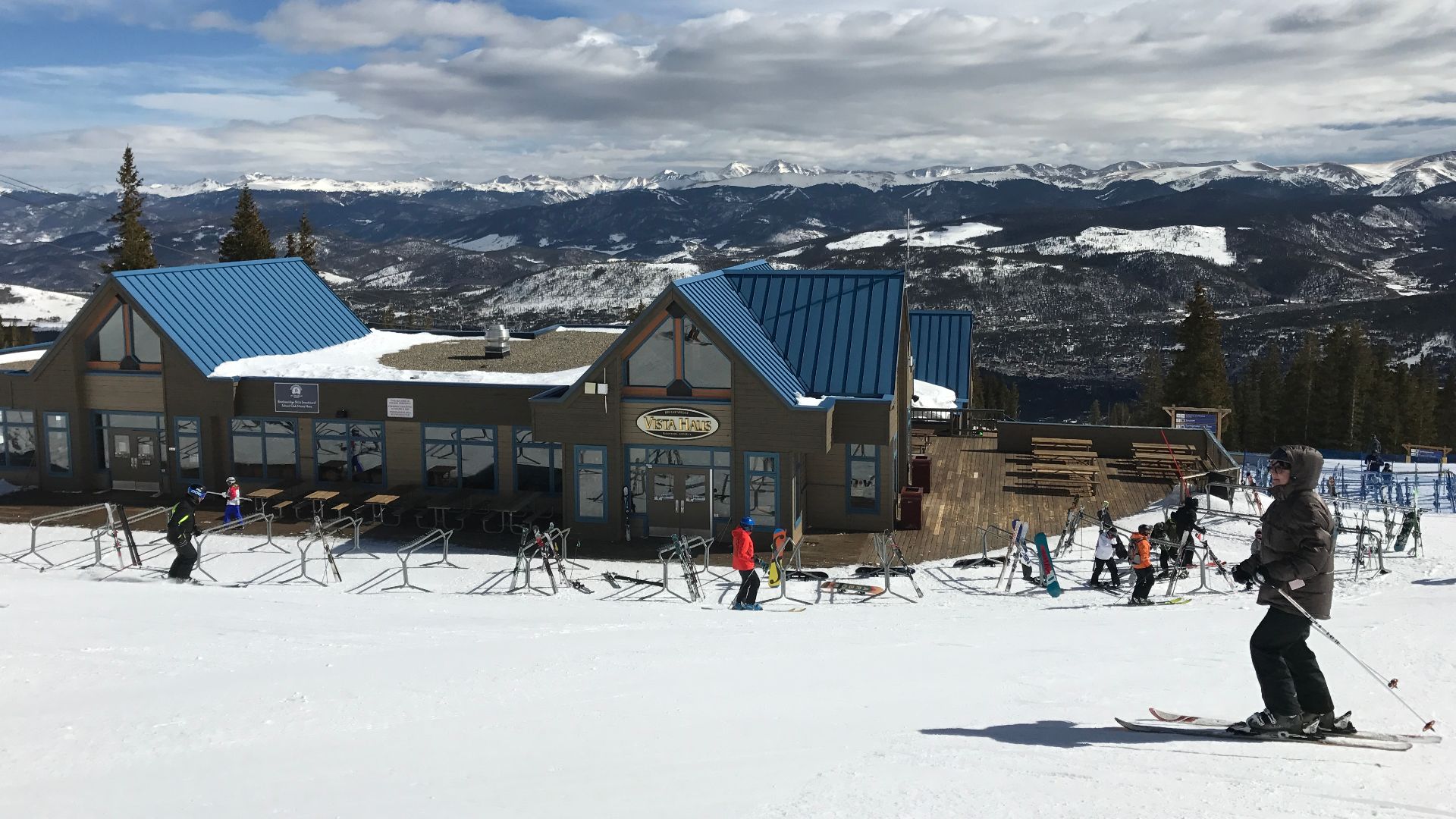 Skivacations, Wikimedia Commons
Skivacations, Wikimedia Commons
Beaver Creek, Colorado
Luxury skiing takes center stage here since it opened in 1980 with groomed perfection and thoughtful service. The Birds of Prey World Cup races bring global attention, and warm details like daily fresh-baked cookies at 3 p.m. give the resort its signature hospitality.
Steamboat, Colorado
Steamboat carries a Western spirit you feel immediately. Since 1963, its famous Champagne Powder® and tree skiing have defined the experience, while the town continues producing more Olympians than anywhere else in North America. Cowboy culture and soft, dry snow make an unexpectedly perfect match here.
 CarTick at English Wikipedia, Wikimedia Commons
CarTick at English Wikipedia, Wikimedia Commons
Palisades Tahoe, California
Olympic history still echoes through this resort, host of the 1960 games and one of America’s largest ski areas. A name change in 2021 marked progress, while deep Sierra snow and wide-open terrain continue to make it a powerhouse for California skiers.
Mammoth Mountain, California
A founder’s vision turned Mammoth Mountain, established in 1953, into California’s go-to spring and early-summer ski spot. Sitting on a volcanic caldera and topping 11,000 feet, it stays snowy for months, which gives skiers a rare chance to ride long past winter’s end.
 Murray Foubister, Wikimedia Commons
Murray Foubister, Wikimedia Commons
Big Sky Resort, Montana
Montana’s sense of space is fully visible at Big Sky. The resort opened in 1973 and stretches across more than 5,800 acres. A tram to Lone Peak’s 11,166-foot summit gives access to high-exposure runs and views that feel impossibly wide, even for the Rockies.
 Jim from Lexington, KY, USA, Wikimedia Commons
Jim from Lexington, KY, USA, Wikimedia Commons
Deer Valley Resort, Utah
Deer Valley has been on the list of ski freaks since 1981, with ski valets and a ski-only policy that keeps its slopes refined. Freestyle events from the 2002 Olympics still highlight their athletic credibility, even as the resort preserves its upscale reputation.
Sun Valley, Idaho
Sun Valley changed American skiing in 1936 by debuting the world’s first chairlifts. The resort attracted icons like Ernest Hemingway, but Bald Mountain remains the real star with steady, clean fall lines and no awkward flat spots breaking the rhythm.
 Chalky Lives, Wikimedia Commons
Chalky Lives, Wikimedia Commons
Crested Butte, Colorado
This resort feels proudly uncommercial. Since the 1980s, its reputation has centered on extreme terrain and the “Extreme Limits” area. The colorful, historic downtown adds character and gives the resort an adventurous, unapologetically local atmosphere that long appealed to expert skiers.
 Ken Lund from Reno, Nevada, USA, Wikimedia Commons
Ken Lund from Reno, Nevada, USA, Wikimedia Commons
Taos Ski Valley, New Mexico
In the Sangre de Cristo Mountains, Taos brings together its 1955 European-influenced foundation with Southwestern roots. Known for steep, technical runs, it allowed snowboarding only after 2008. The resort’s cultural mix and physical challenge make it unlike anywhere else in the country.
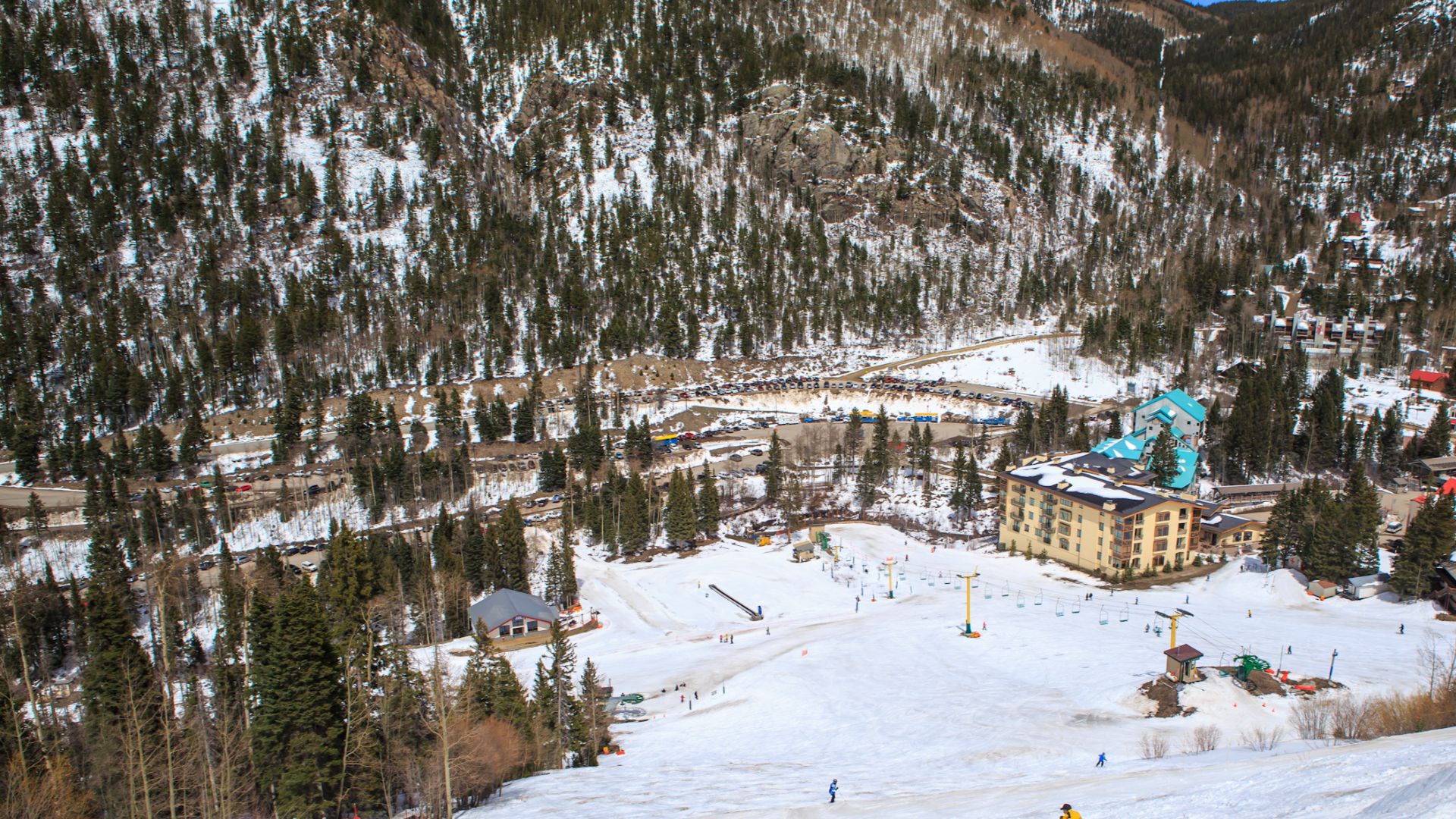 Murray Foubister, Wikimedia Commons
Murray Foubister, Wikimedia Commons
Stowe Mountain Resort, Vermont
Vermont’s highest peak, Mount Mansfield, anchors Stowe, where lift-served skiing began in 1937. Often called the East’s crown jewel, it mixes classic New England character with a long ski legacy that keeps generations returning for timeless terrain and charming winter streets.
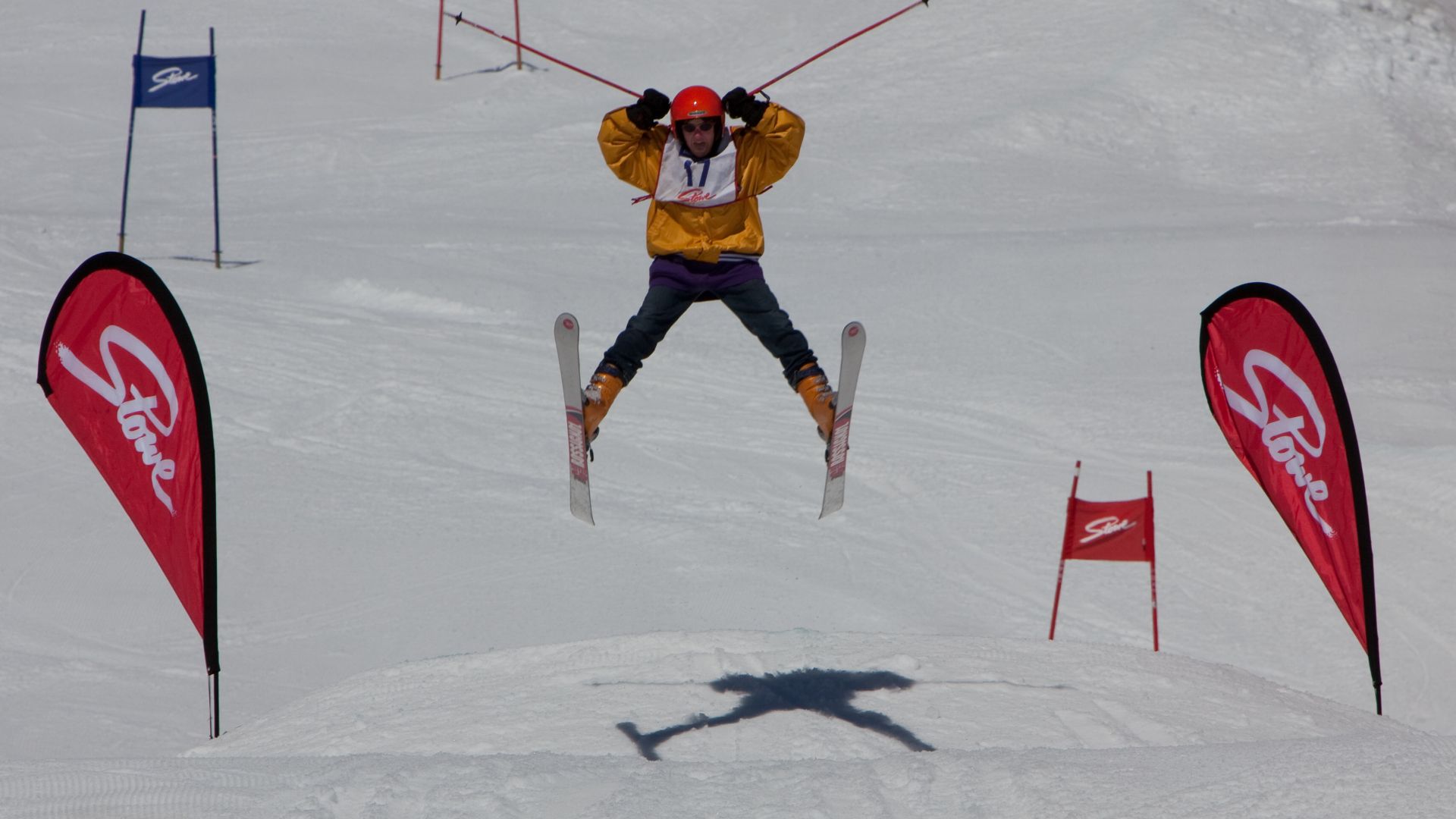 Patrick from Merrimack, NH, United States, Wikimedia Commons
Patrick from Merrimack, NH, United States, Wikimedia Commons
Killington, Vermont
The nickname “Beast of the East” suits the Killington resort, which opened in 1958 and is still the region’s largest resort. Its lively apres reputation pairs with sprawling terrain, which gives East Coast skiers a huge-mountain feel without flying west.
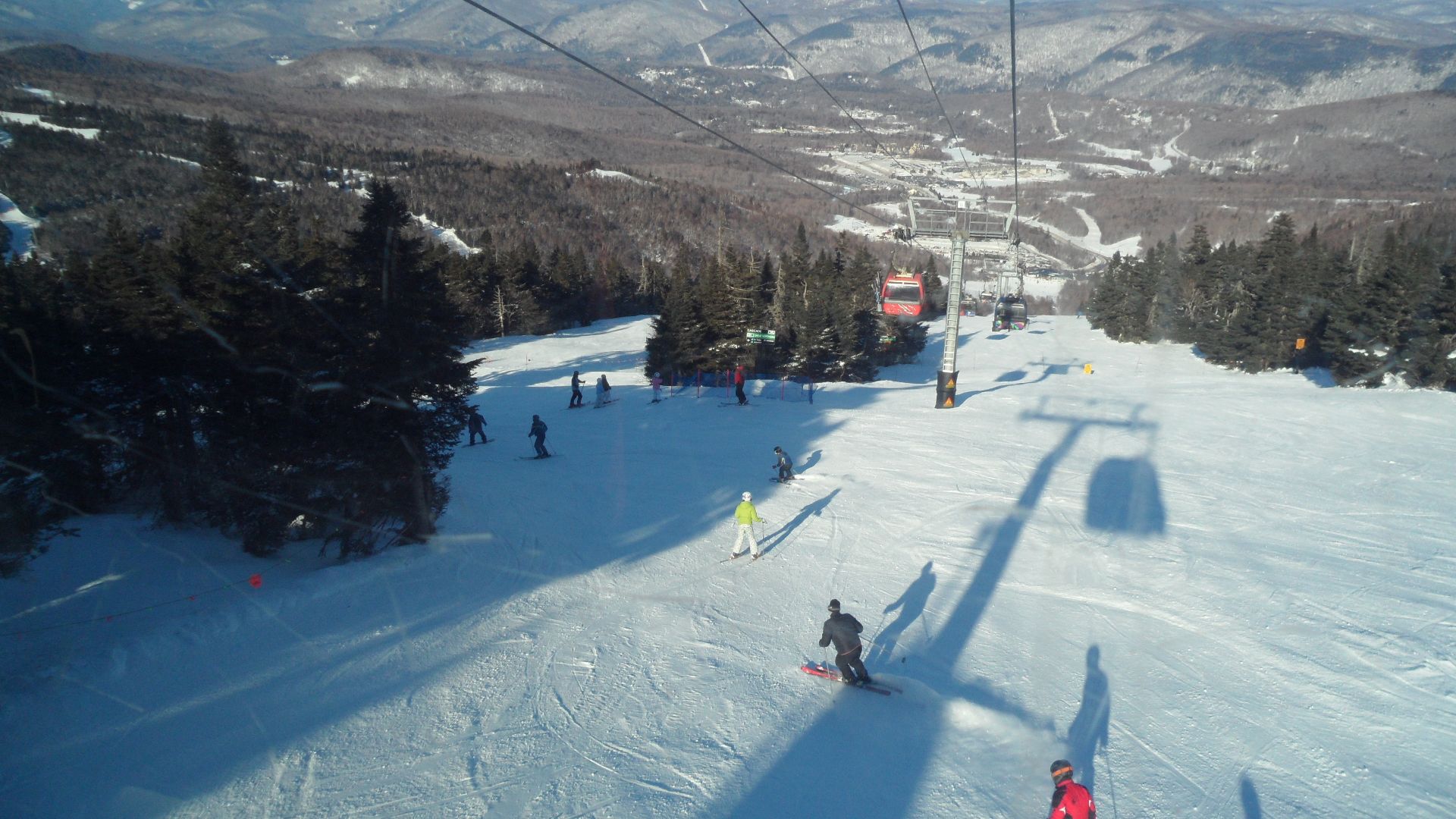 EgorovaSvetlana, Wikimedia Commons
EgorovaSvetlana, Wikimedia Commons
Sugarbush, Vermont
Set in the scenic Mad River Valley, Sugarbush grew from its 1958 opening into a two-mountain favorite. Lincoln Peak and Mt. Ellen offer rugged New England terrain with a long local history. It’s a resort where classic skiing still feels alive.
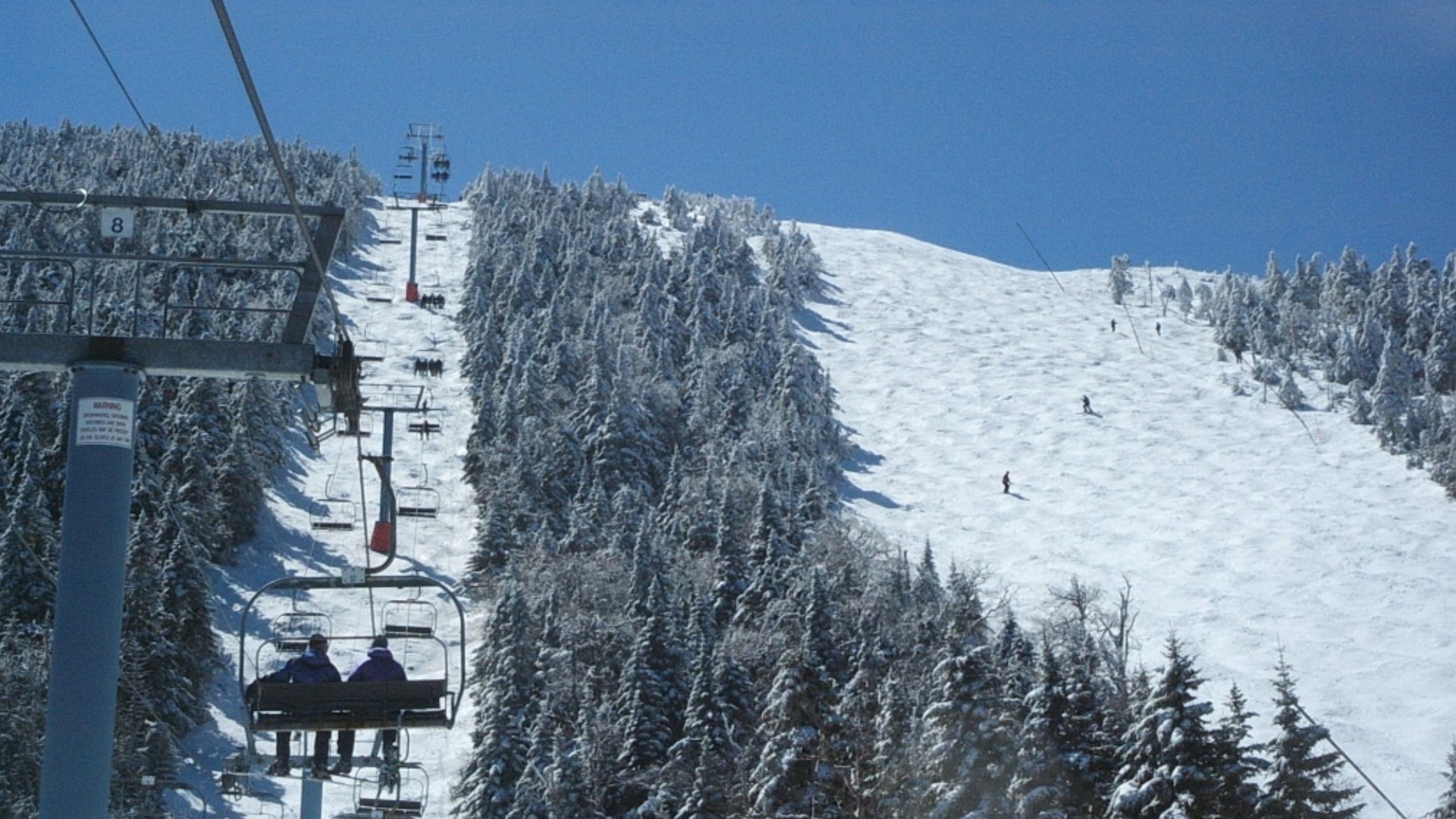 The original uploader was Mrtrek1701 at English Wikipedia., Wikimedia Commons
The original uploader was Mrtrek1701 at English Wikipedia., Wikimedia Commons
Alyeska Resort, Alaska
Few ski days compare to Alyeska’s glacial views. Operating since 1959, the resort drops steeply toward the Turnagain Arm and serves up deep Alaskan snow. Its tram climbs more than 2,000 vertical feet to reveal the Chugach Mountains in dramatic scale.
Grand Targhee, Wyoming
Grand Targhee has a reputation for effortless powder days. Open since 1969, the resort sits on the Tetons’ west side and gets roughly 500 inches of snow each season. It’s named for Chief Targhee and delivers a calmer vibe than busy Jackson Hole just over the ridge.
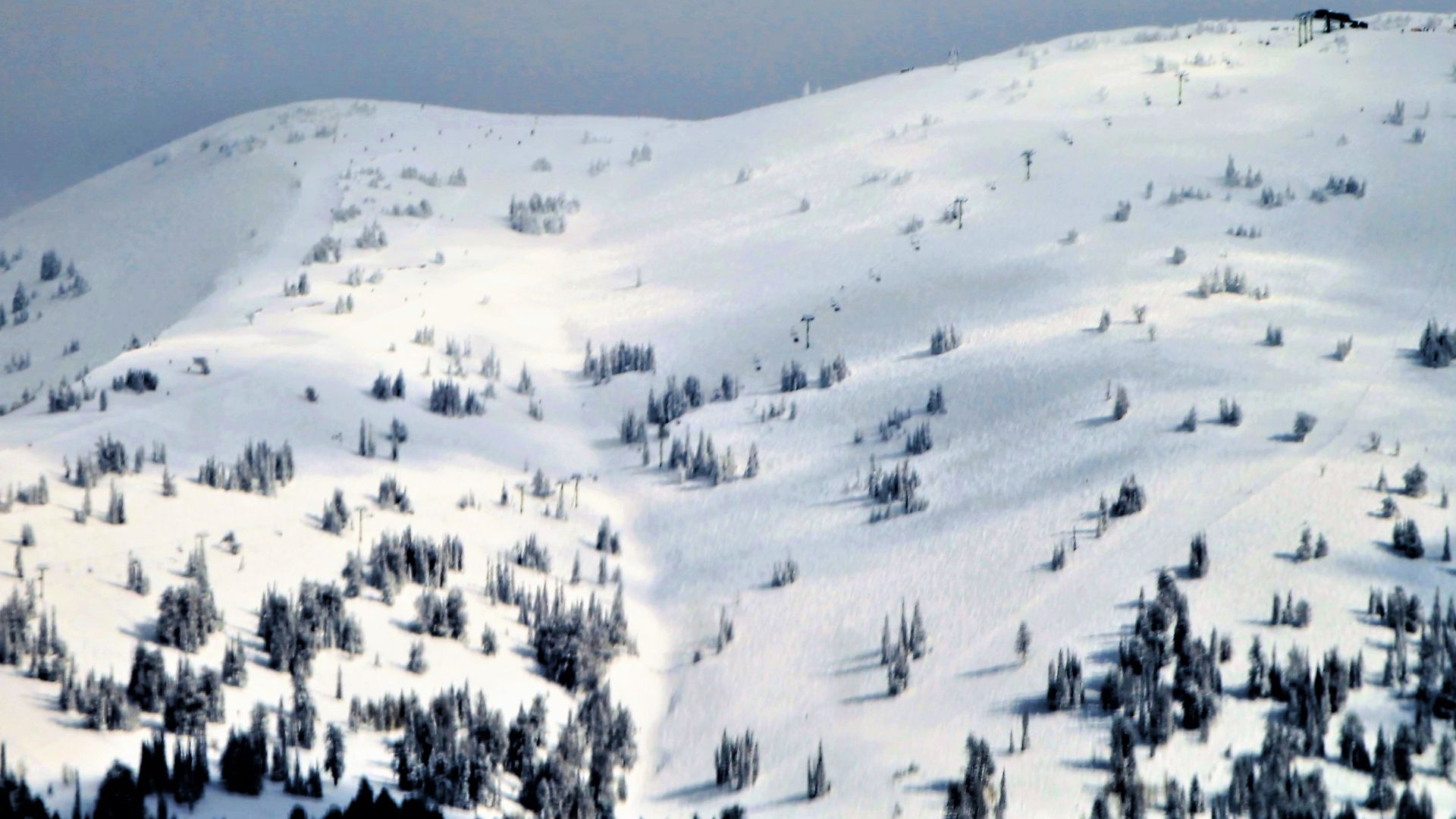 Richardmouser, Wikimedia Commons
Richardmouser, Wikimedia Commons
Winter Park, Colorado
Winter Park has the rare distinction of being owned by the City of Denver. Founded in 1939, it remains accessible via train and popular for its long-running traditions. Mary Jane’s moguls and friendly culture keep visitors returning year after year.
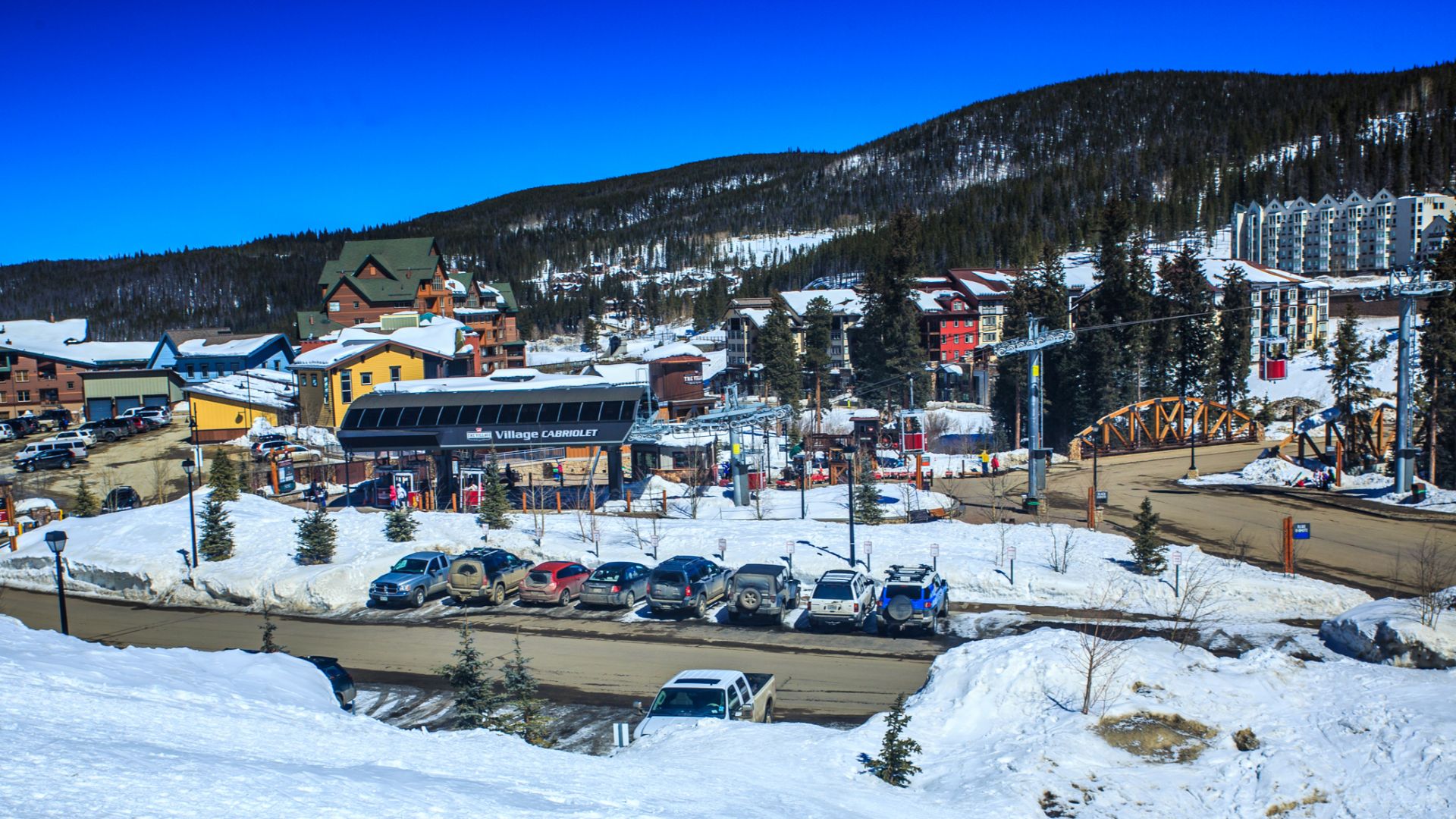 Murray Foubister, Wikimedia Commons
Murray Foubister, Wikimedia Commons
Copper Mountain, Colorado
This famous ski resort, opened in 1972, stands out for its terrain that naturally separates beginners from experts. Its commitment to competition and training comes through in events like the Dew Tour and the Woodward facility, which supports athletes year-round.
 SparkFunElectronics, Wikimedia Commons
SparkFunElectronics, Wikimedia Commons
Arapahoe Basin, Colorado
There’s a cult following around Arapahoe Basin, and it’s easy to understand why. Since 1946, it has provided high-alpine terrain topping 13,000 feet and a spring season that lasts into June. The Beach tailgating scene adds a playful twist to the mountain’s rugged vibe.
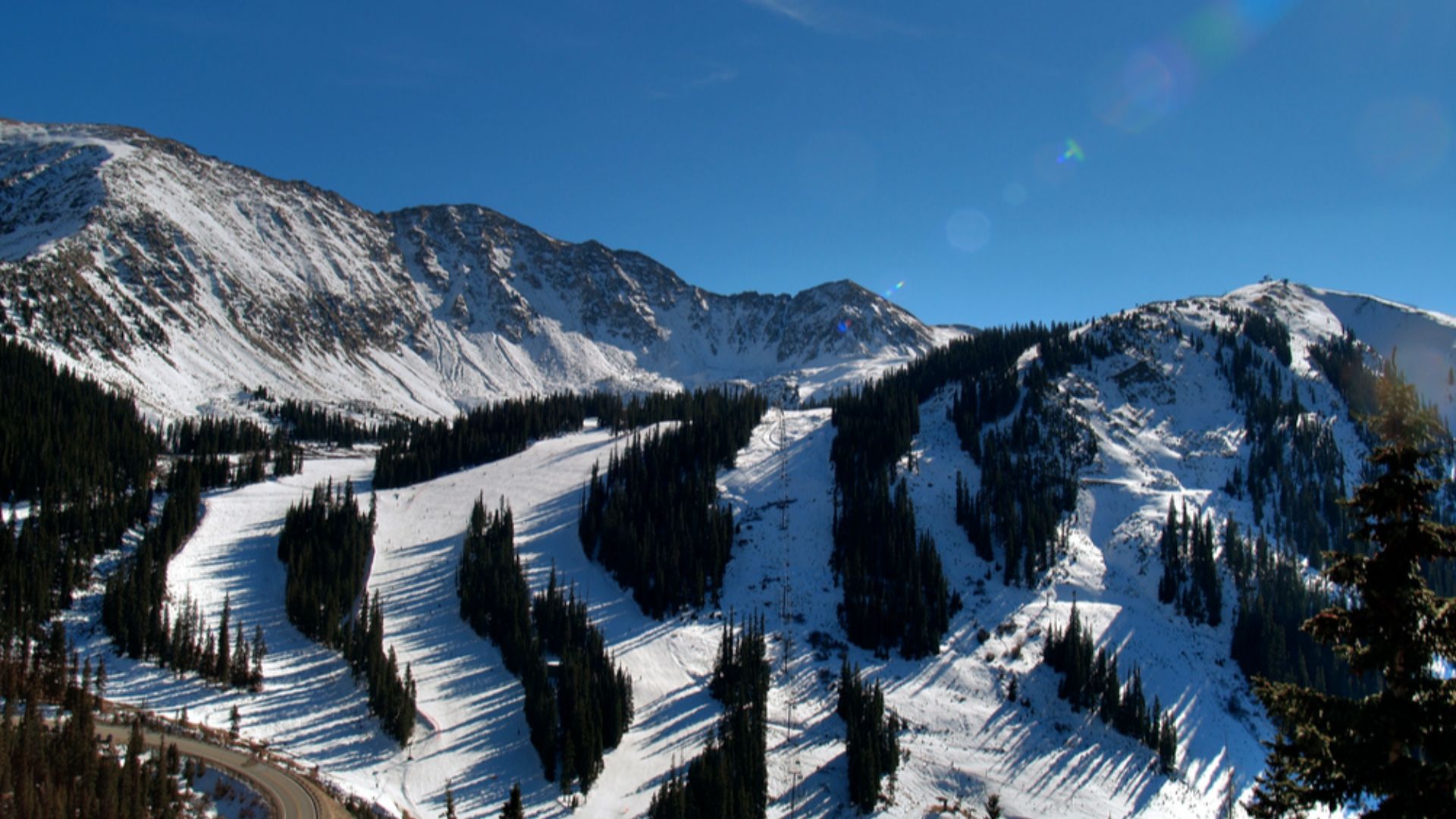 Andrew Parnell, Wikimedia Commons
Andrew Parnell, Wikimedia Commons

